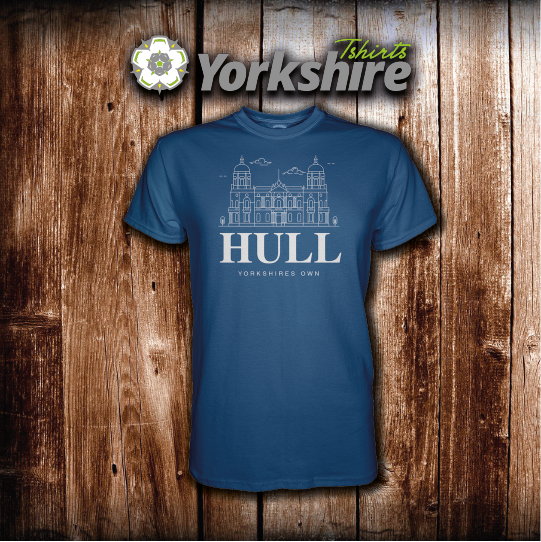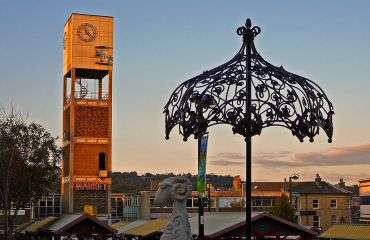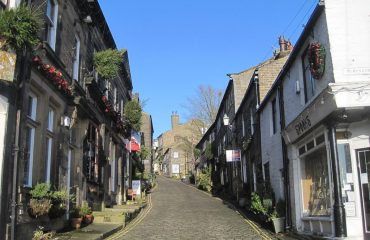Welcome to Hull
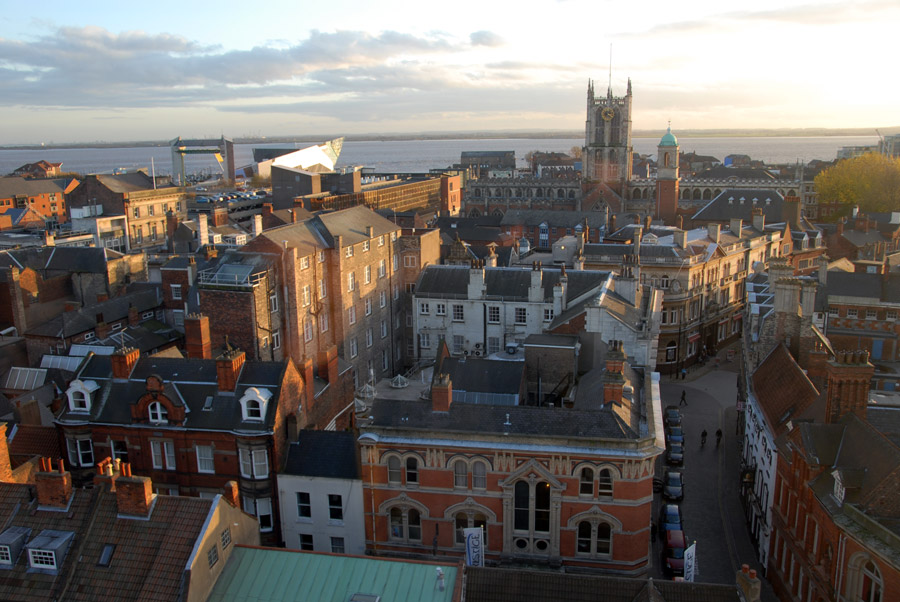
Formally known as Kingston Upon Hull. Hull is a port city with a rich heritage showcasing Yorkshires might on the domestic and international stage. The port city lies upon the joining of the river Hull and the Humber estuary. With an estimated population of 259 thousand it is the fourth largest city in Yorkshire. Hull has been a strong player in the history of Britain. With it being a market town, military supply port, trading hub, fishing and whaling centre and even an industrial metropolis. Its ties with history and accentuated with the fact that it was also an early battlefield in the English civil war.
Founding Of Hull
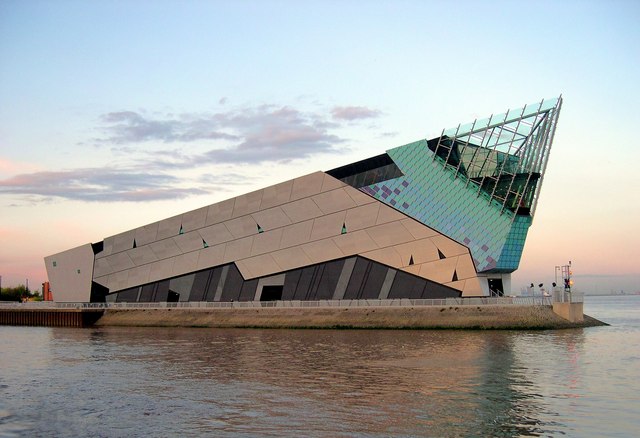
Founded in the 12th century by the monks of Meaux abbey. Hull was initially a small village named Wyke on Hull and was utilised as a port to export their wool. It was originally an outlying part of the hamlet of Myton, which was also owned by the same monks. In 1293 king Edward the first acquired the town of Wyke from the Abbey. In April of 1299 Edward granted the town a royal charter changing its name to king’s town upon Hull. This charter is preserved to this day in the guildhall of Hull. The port town served as a base for Edward the First during the first Scottish war of independence. From this conflict it developed into the foremost port on the east coast. This military usefulness continued into the English civil war where Hull was strategically important, due to a large arsenal of weapons located within. Parliament nominated John Hotham as governor of Hull, much to the chagrin of the Royalist forces. The Governor then denied Charles the Firsts entry into the town when the royalists tried to exert power. This led to Charles besieging the town. After the civil war the walls were removed and replaced with three new docks; Queens Dock, Humber dock and Princes Dock (initially called Junction Dock). From the expansion of the docks whaling became a major role in the town’s prosperity until the mid 1800’s. As the age of sail dissipated to the age of steam, Hull’s trading links extended throughout the globe. Hull became the center of a thriving inland and coastal trading network serving the whole of the United kingdom.
Recent History

Through the second half of the 19th century, and leading up to the First World War. Hull was playing a major role in the emigration of northern European settlers to the new world. Hosting thousands of people sailing through the city and stopping for administrative purposes. Before continuing the journey across England to Liverpool and then on towards North America. The prosperity of Hull peaked in the few decades before WW1. It was during this time that its city status was granted. As whaling started declining. Emphasis shifted to deep sea trawling to bring in prosperity. (the Anglo- Icelandic cod wars damaged this industry) With the city rising to prominence being an important port with industrial facilities. It became a target of strategic importance during World War Two. Due to its proximity to mainland Europe it was a prominent target. With an estimated 1200 people being killed there was wide spread damage during the bombing raids . 95% of the housing was damaged or destroyed with much of the city levelled. Making Hull the most severely bombed British city or town outside of London. The worst bombing occurred in 1941. With the rest of the country being kept in the dark about the true extent of the damage. As Hull was only referred to as ‘a Northern Coastal Town’. In the years following the war the city was rebuilt.
A Tourist Centre
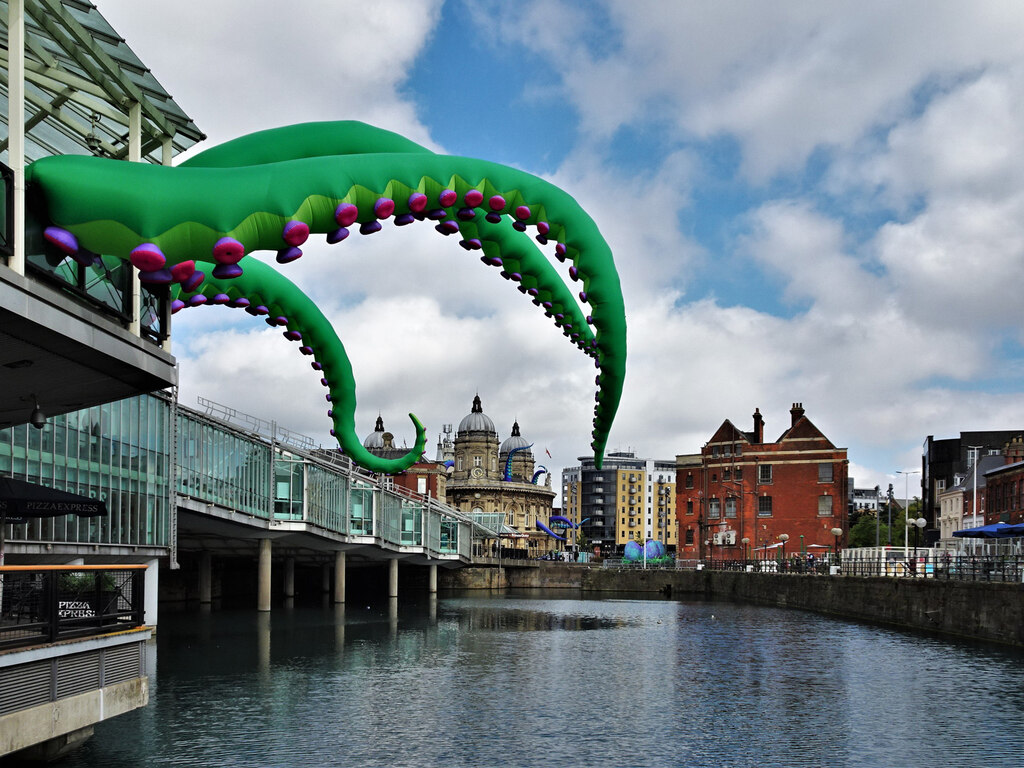
In the modern day, Hull has become a tourist destination. Its museum quarter features many interesting museums. The main museum of note is the Hull Maritime museum, situated within the former dock offices. It showcases the full seafaring heritage of Hull from the Bronze Age to the present day. Even showcasing the arctic whaling heritage. For a more general history museum there is also the Hull and East Riding Museum. Showcasing the cretaceous origins to its first settlement and many artefacts from Hull and the East of Yorkshire. There is also The Deep, focusing on conservation. Which has stunning views of its aquatic animals and even a glass elevator and walking tunnel through the aquarium. If landmarks are more your thing, it goes without saying the Humber bridge is also a modern day marvel. With it being one of the longest suspension bridges in the world without supporting columns. It features a pedestrian walkway to see the great scale of the site. The depth of Hull’s cultural roots lead to it being the UK’s city of culture in 2017. And also hosted the Turner prize at it’s Ferens Art Gallery.
Celebrate your pride in Hull with our Yorkshires own Hull shirt. With, even more on our website, wherever in Yorkshire you may be.
